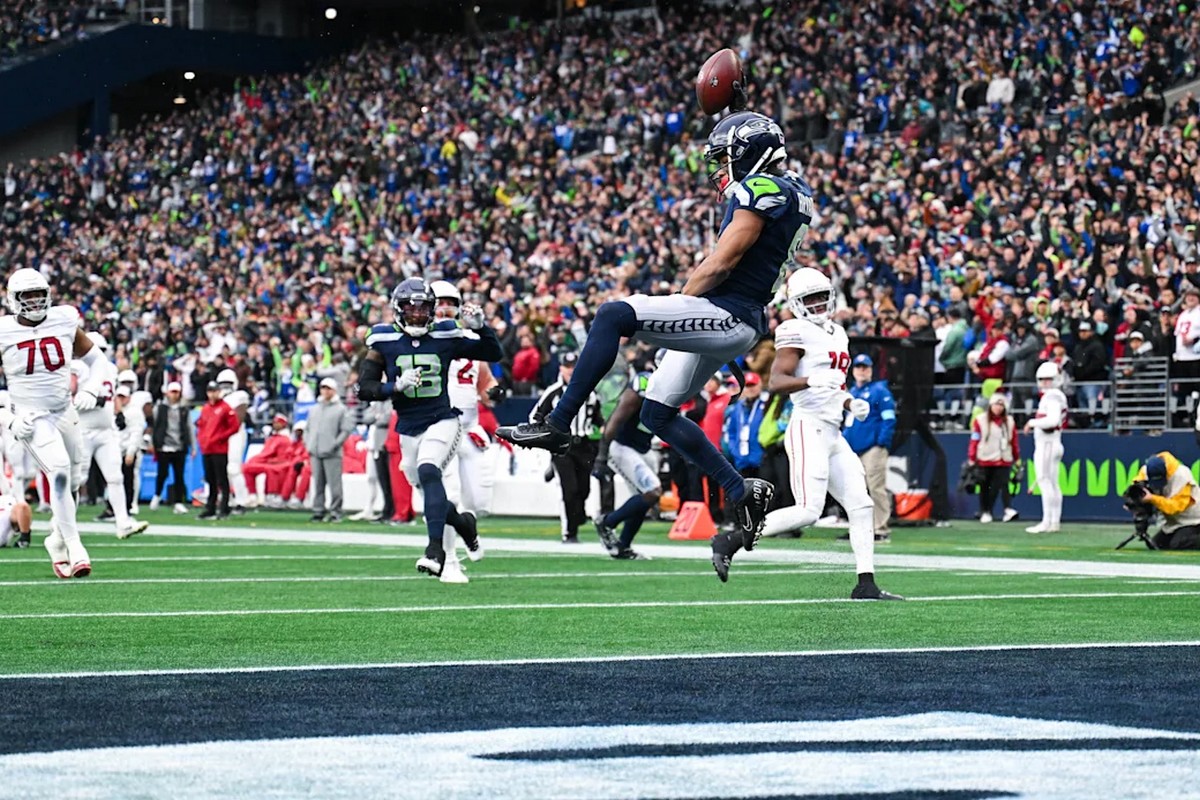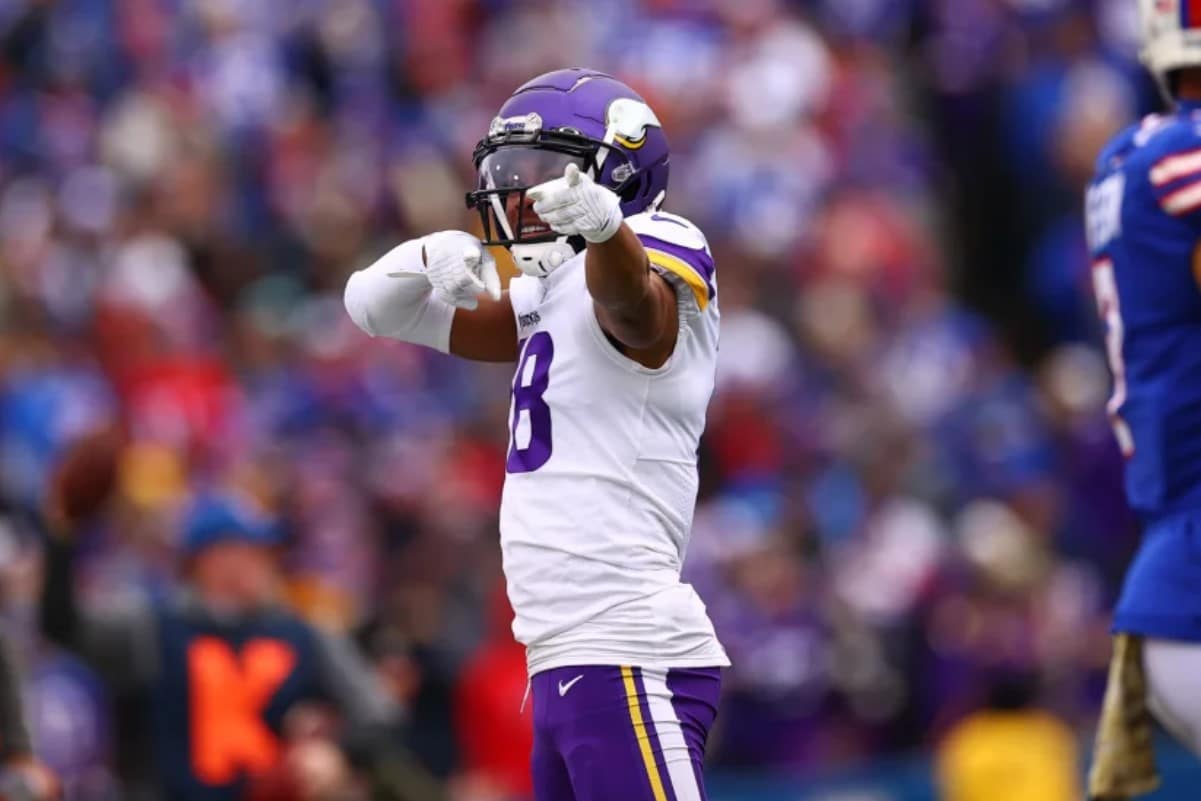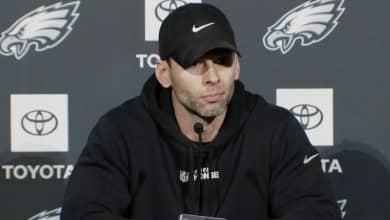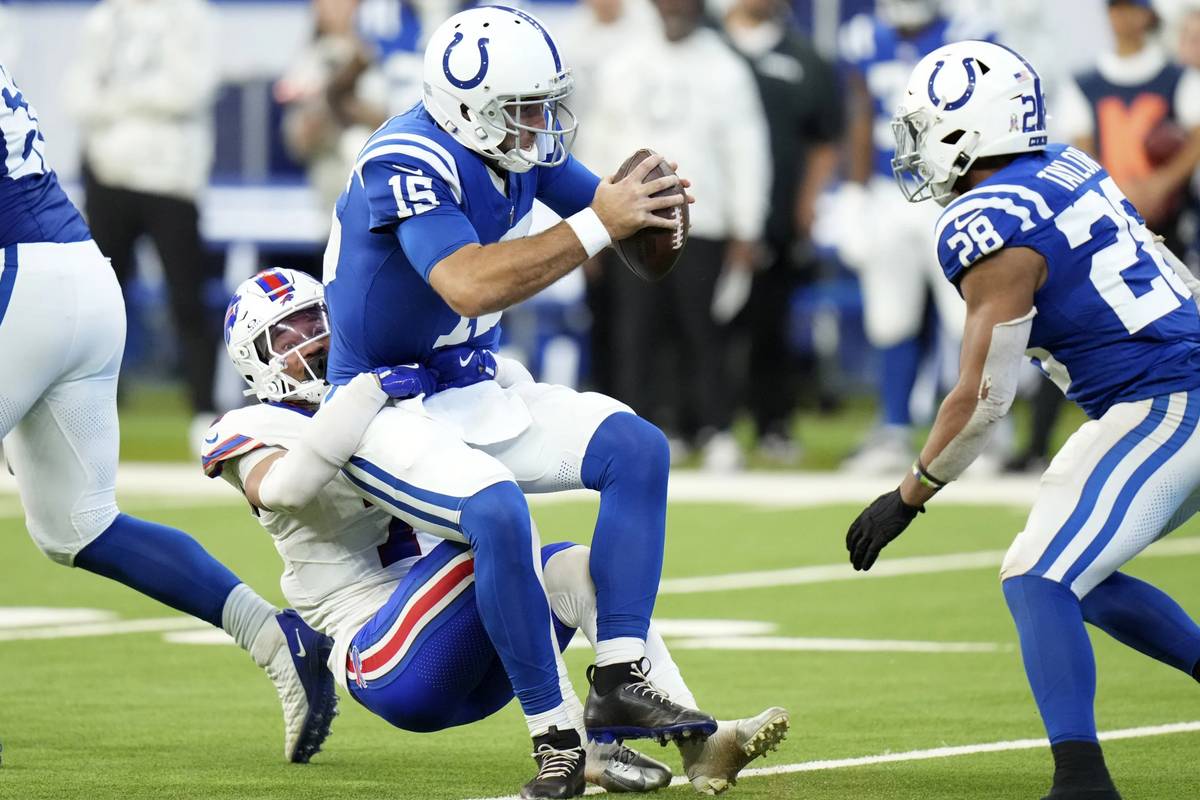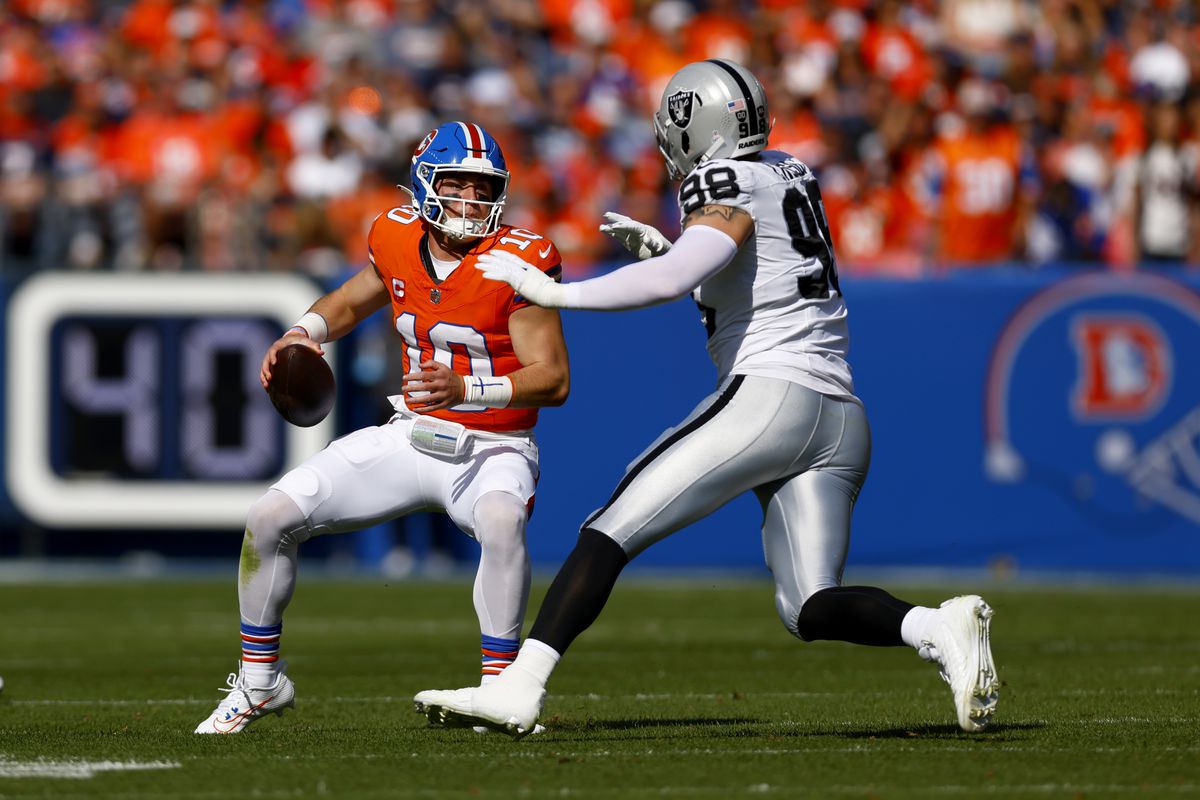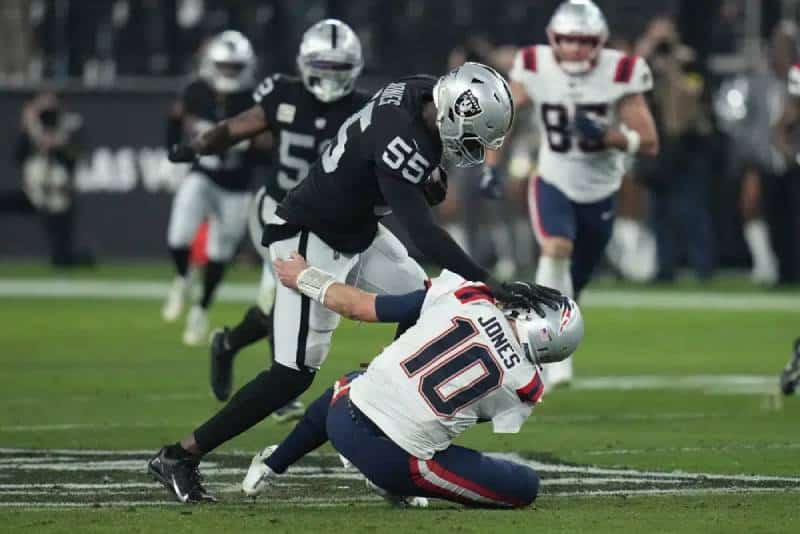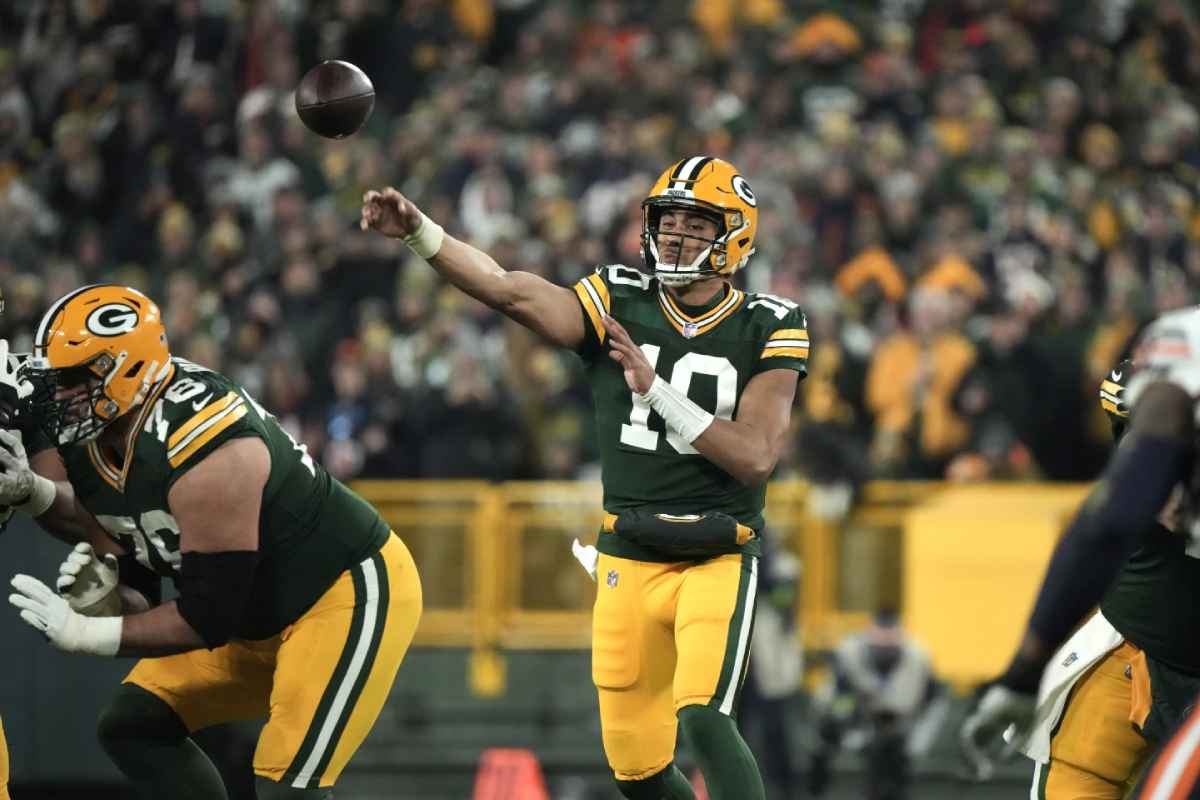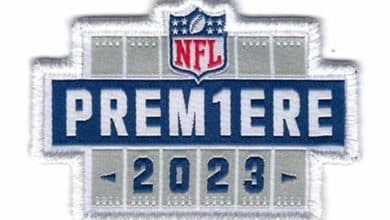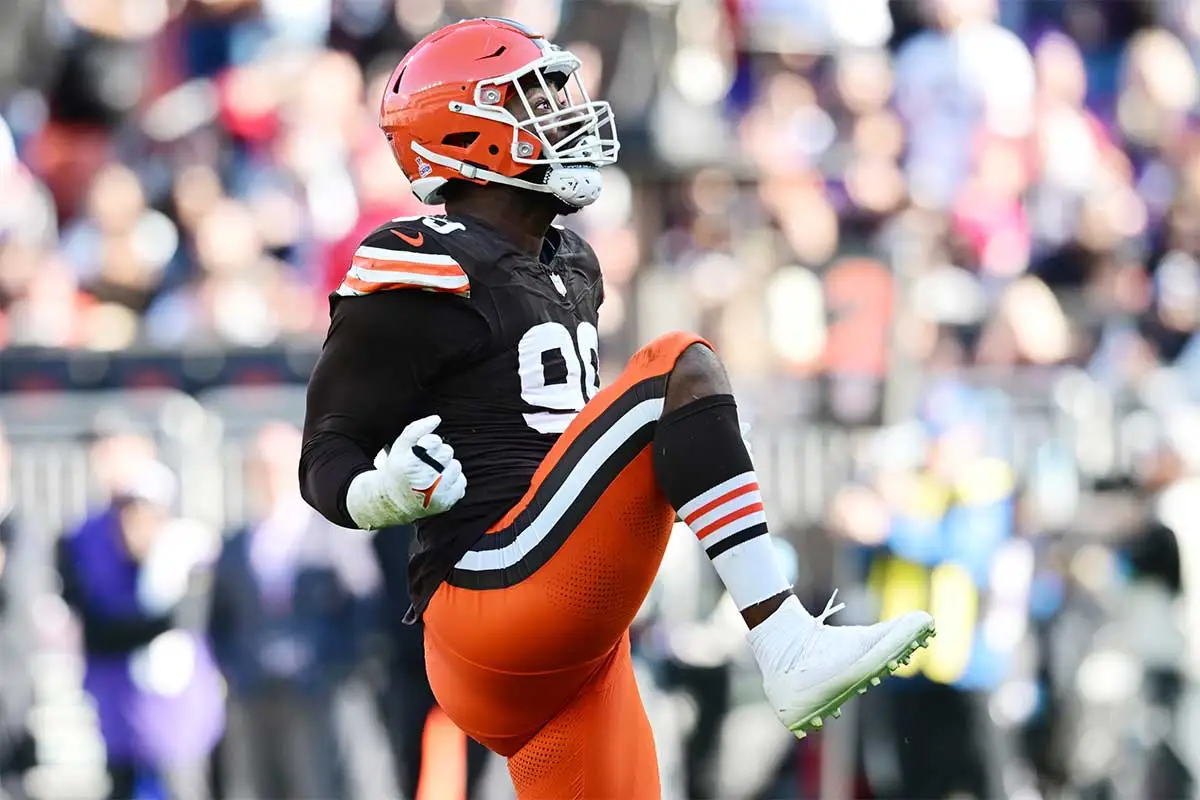
Find all the articles in our American football frequently asked questions on this link. Today, how NFL trades work.
From the official start of the NFL season, around March 15, to the first Tuesday in November, the trading period is open. Punctuated by numerous movements, with the climax of the beginning of the free agency, the draft and training camp, this aspect of sport is an integral part of the life of NFL teams.
But actually, how do trades work in the NFL?
Preamble
Contrary to what we may know in European sports and particularly football, in the NFL, it is not a question of money. Team changes for a player under contract can only be done with compensation. This is why we talk about exchange.
There is no number limit. Whether in terms of team moves, or in terms of elements put into the transaction.
1. The simple exchange
Not necessarily the most common, this involves sending a player in exchange for another player. Exchange of good procedure one could say. Most often to fill needs in a position by offloading a player to a more stocked position. The trick is to find someone with the opposite needs.
Only around a hundred movements of this type since 1994 according to Pro Football Focus. Among the latest, Desmond Ridder, then a Falcons player, sent to the Cardinals for Rondale Moore during the last offseason.
2. Mixed exchange
The most frequent movement. Very commonly, teams wishing to strengthen, or downsize, trade a player for one or more draft rounds. This is the case of the latest movement with Amari Cooper sent to the Bills for a 3rd round choice. Or player versus player AND draft round(s) like when Russell Wilson arrived in Denver.
The team receiving the player believes that acquiring the player is well worth the loss of one (or more) picks in future drafts. The transferring team believes that it will be able to compensate for the loss of its player by selecting another, younger player. And above all cheaper.
In the second half of October, before the trading window closes, there is often an upsurge in movements with teams who wish to strengthen themselves for the end of the season and achieve their ambitions. Conversely, teams in difficulty are tempted to prepare for the future offseason by accumulating draft picks. All while making some room in their payroll.
3. Blockbusters
He's the one who makes the news. Like Aaron Rodgers leaving Green Bay for New York or Tyreek Hill being sent to the Dolphins.
In these cases, it is not uncommon to see a team invest (very) heavily to attract the desired player. Often a multitude of draft picks, including 1st rounders, and one or more players may be necessary to complete the transaction. This movement is almost always accompanied by a lucrative new contract for the traded player.
This type of exchange aims to move the acquiring team into another dimension. It is often a team that tries everything for its ambitions of the playoffs and of course the title.
4. Trading draft picks
In the draft, everything often comes down to a war of position to select the player you want. To do this, teams organize draft pick swaps. Each choice having a theoretical value according to different measurement scales, the requesting team sends a pack of several choices against a higher choice.
In 2023, the Texans sent a 12th pick, a 105th pick, a 1st round pick and a 2024 3rd round pick to move up to 3rd and select Will Anderson.



